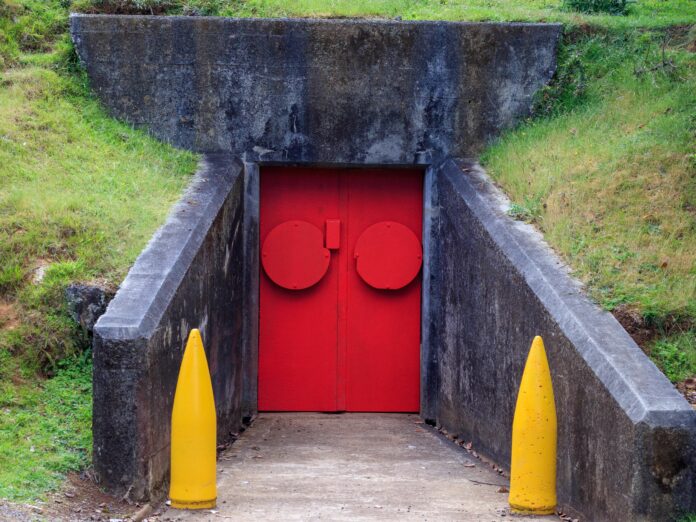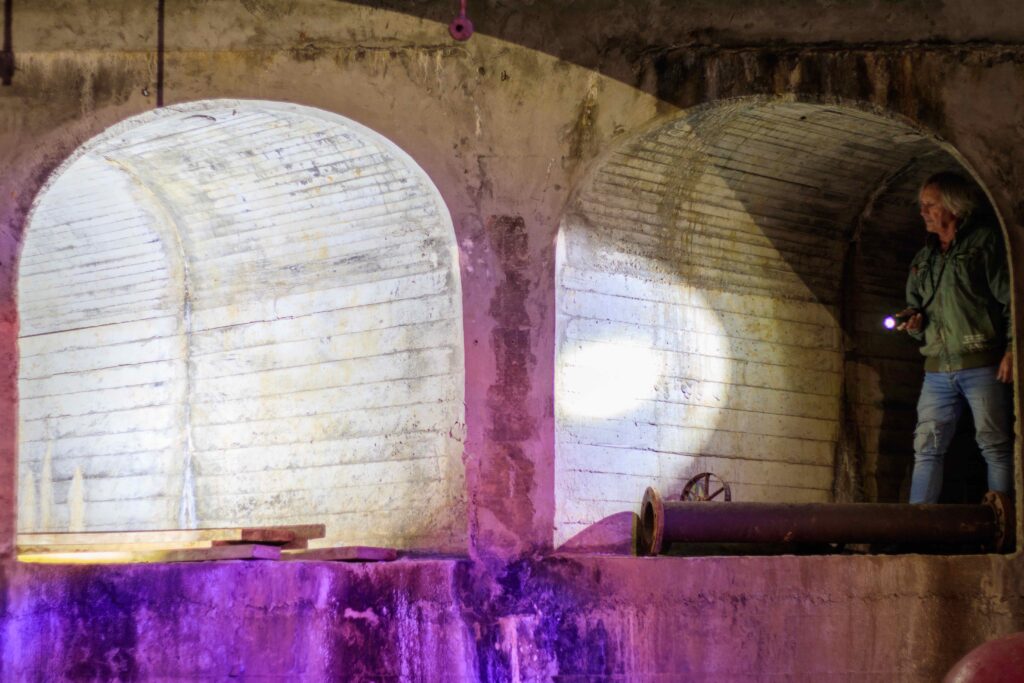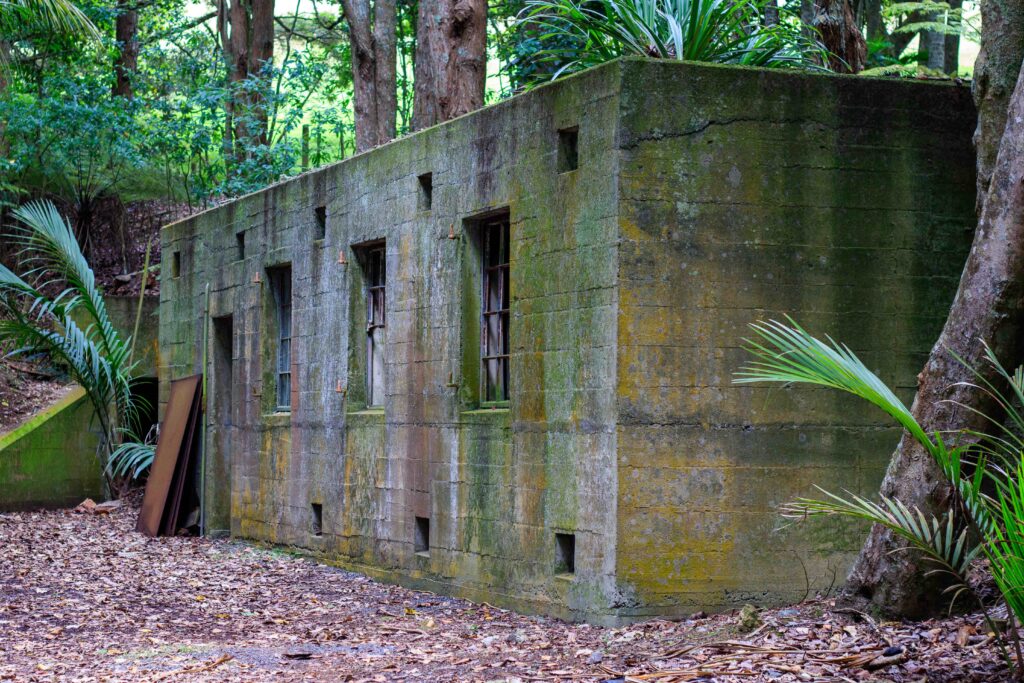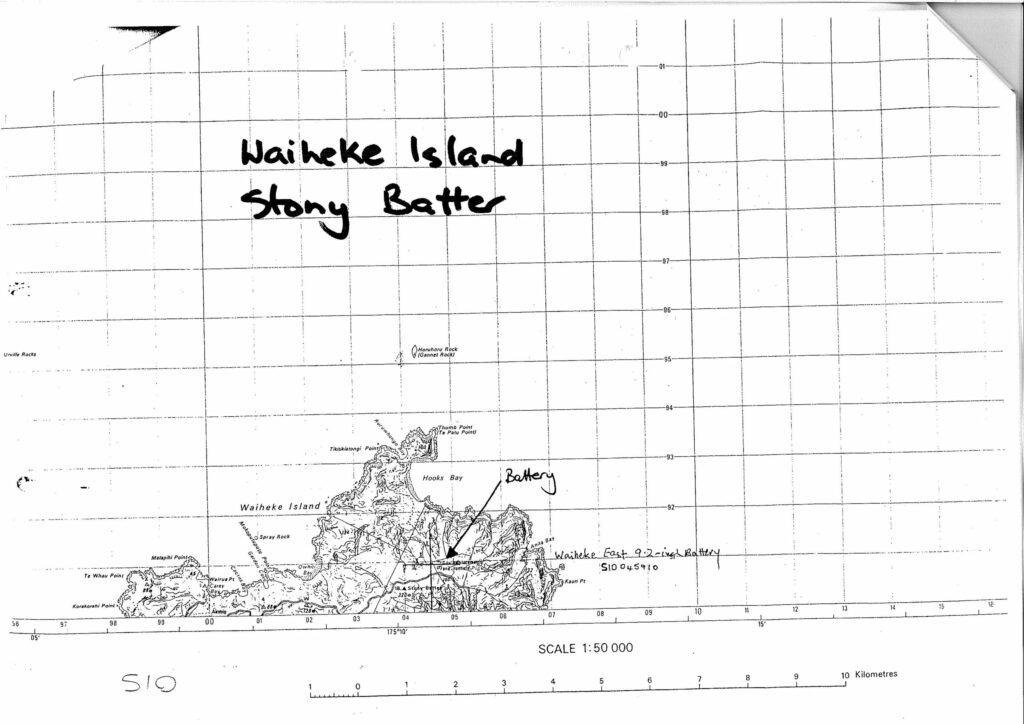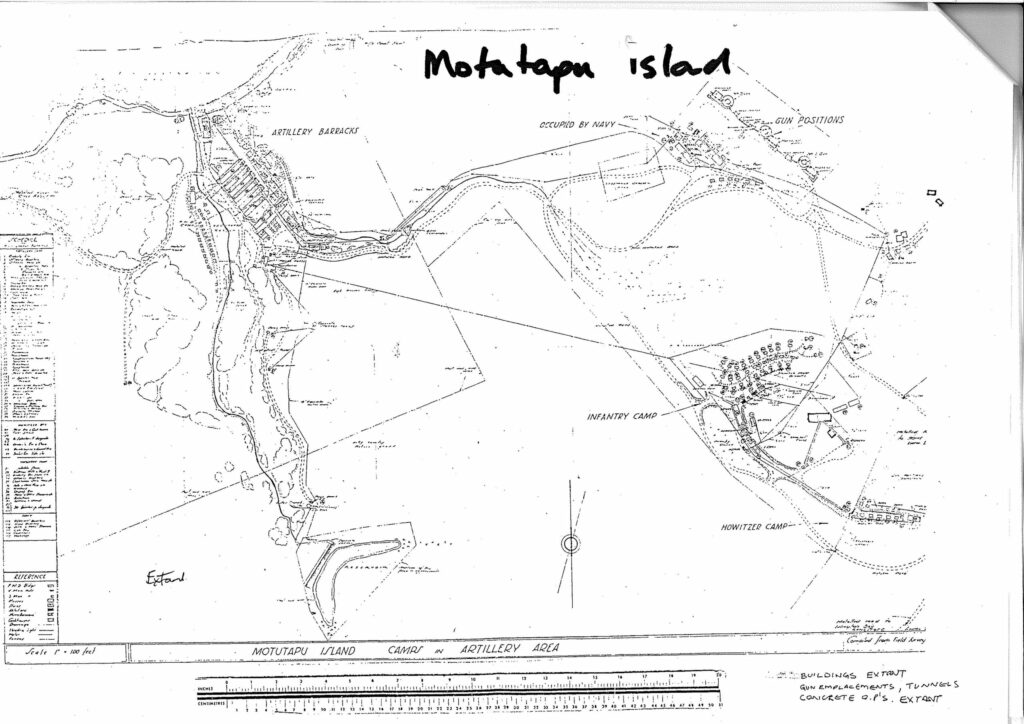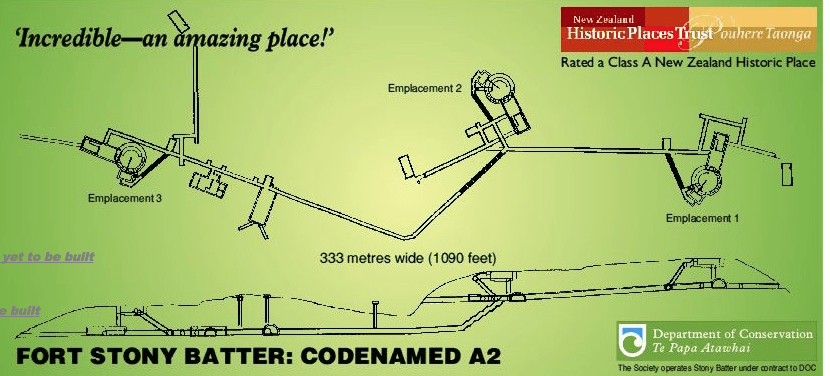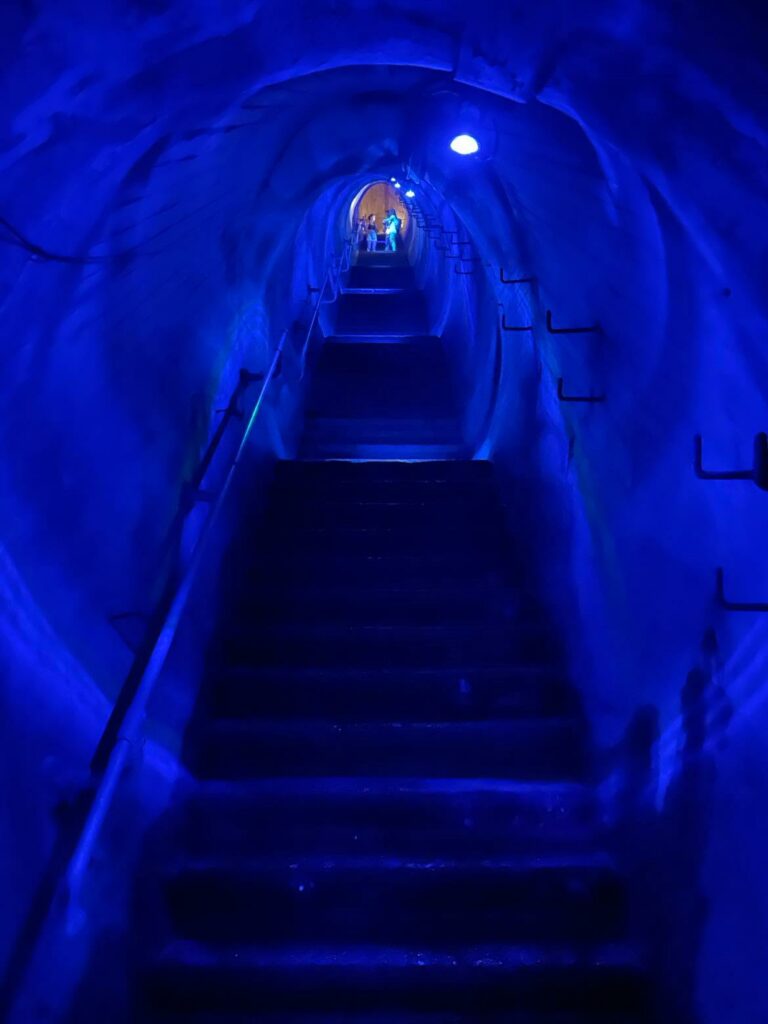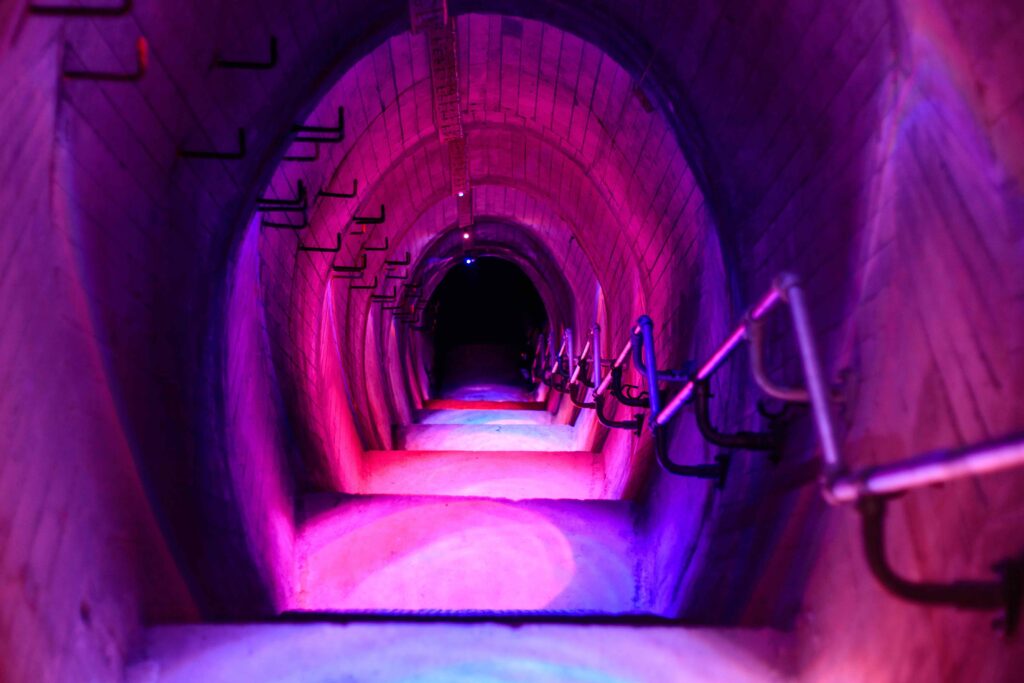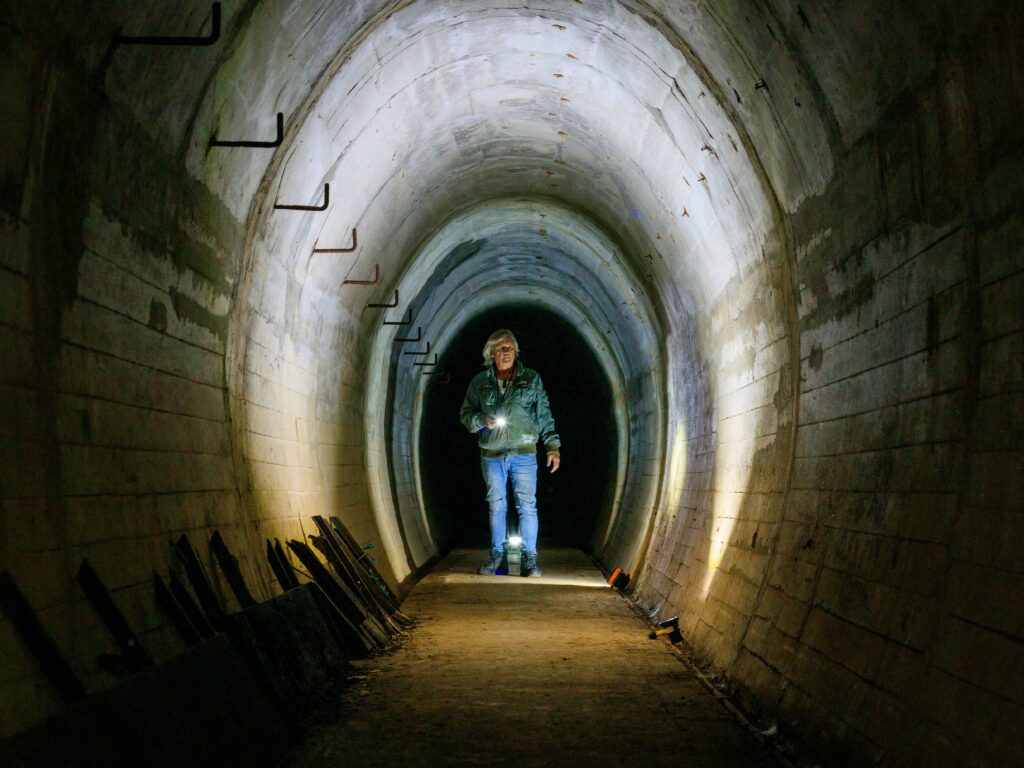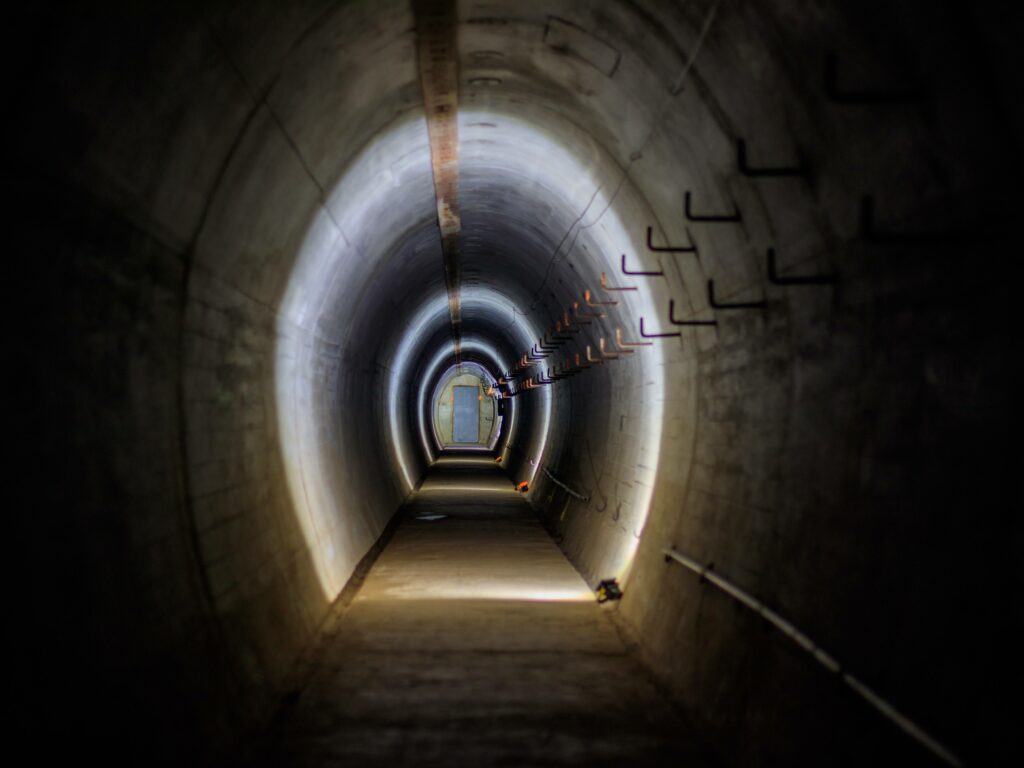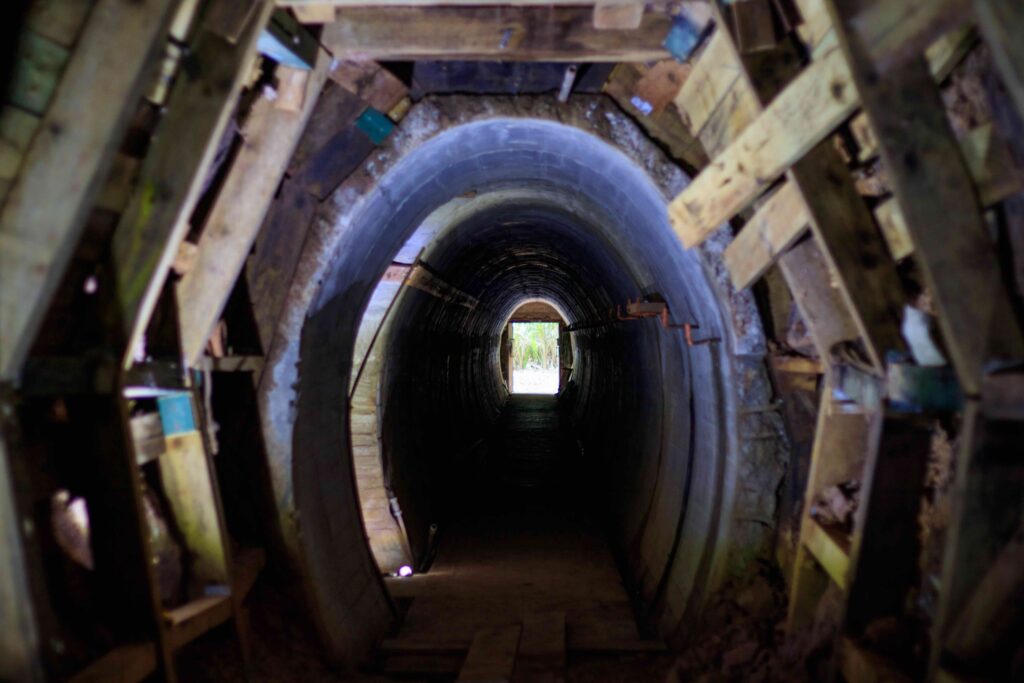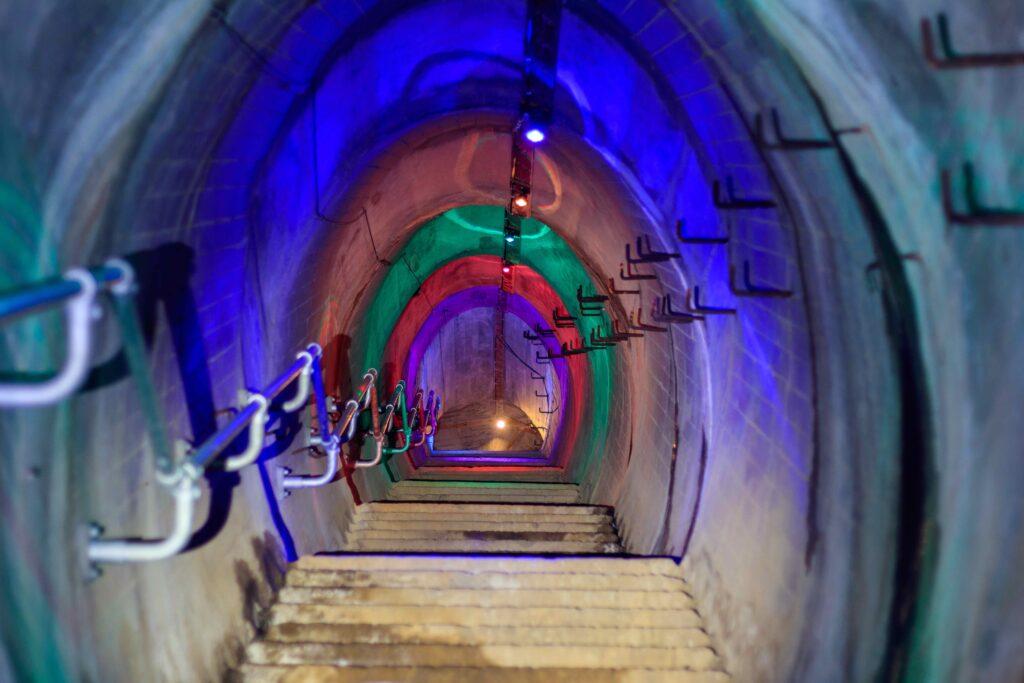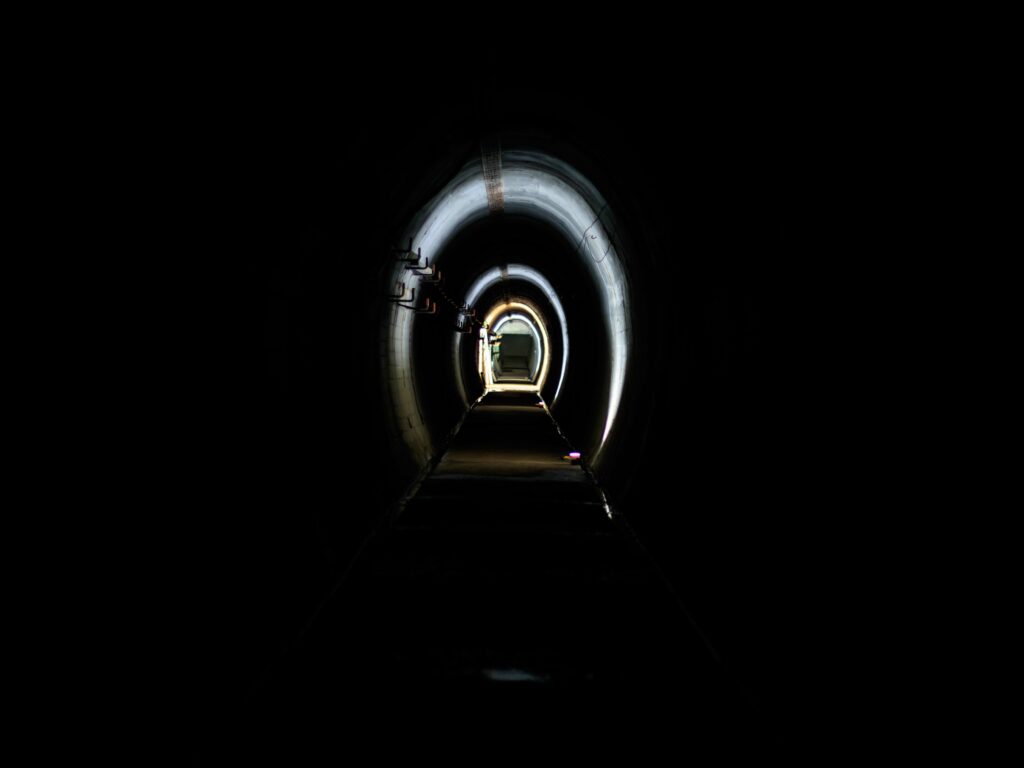Tim Moon’s initiative turns a neglected World War II radar and gunnery site in NZ into an historic attraction with an arts component
By Scott Ault
Opening a new visitor attraction is always a daunting task. Add to that the year of COVID-19, a remote location that is not easy to access, a listed historic site with restrictions that has been neglected for decades and you have a challenge that most people would shy away from. Additionally, this is meant to be a for profit venture and will rely somewhat on the small local population of an island that is more known as a weekend getaway. But Tim Moon is excited by the possibilities he envisions to bring Stony Batter to the public and create a very unique visitor engagement for this WWII site.
Waiheke Island is a leisurely, 40-minute ferry ride from downtown Auckland. Replete with beaches, wineries, nature walks and charming villages, the island is a favorite summer destination for North Islanders. The harbors are dotted with sailboats and the pastures dotted with sheep. From the hilltops are sweeping views of the Hauraki Gulf with other islands to the north, the Coromandel Peninsula to the east, and Auckland to the west.
But in 1939, a different type of visitor to the island had little to do with tourism. The eastern tip of the island was to become part of a counter-bombardment battery system in support of the Allies during World War II. Construction was slow to start, but the development suddenly became a very high-priority project in 1940-41 with the sighting of German raiders in New Zealand waters, and Japan’s bombing of Pearl Harbor.
The first of the many radar stations built in New Zealand coincided with the arrival of the US Navy in 1942. Between 1942 and mid-1944 there were up to 45,000 American servicemen in camp in New Zealand. Radar was a very recent invention, having proved fully effective in 1937. The advancement of this technology by Great Britain during the war is credited with saving Britain from defeat. But constructing radar installations where they were needed could be challenging. According to the Torpedo Bay Navy Museum (Auckland) website: “Typical of the construction difficulties encountered were those experienced in carrying out radar installations on islands in the Hauraki Gulf. The biggest obstacle was getting materials from the mainland to the island, landing them on the island, and then hauling them to the site of the work. Materials were carried in barges towed by small launches, usually under adverse weather conditions. Trips were mostly at night, across minefields in order to start unloading at daybreak, otherwise the morning breeze from the land would quickly work up at rough sea.”
Building the gunnery
The Stony Batter gunnery was built to protect the radar stations and the American fleet as well as protect Auckland. The United States covered the bill for construction and the guns were provided by the UK. The gunnery site was chosen in 1942. The bombing of Darwin, Australia in 1942 had all Kiwis on edge that Auckland could be next. (Postwar, it was revealed that Auckland was indeed next.)
The project became known as A2 to conceal its location and it was kept in strict secrecy. Two hundred men were sent to the island to build it; they could not leave the site and no one was allowed to visit. This secrecy and the number of workers demanded an entire “town” be built for a high degree of self-sufficiency including living facilities, machine shops and cement works. (For context, the entire population of New Zealand in 1940 was about 1.6 million people and according to a 1948 tourist map,” the total population of Waiheke was approximately 2,000, 1,500 of whom were in the western section of the island closest to Auckland along with 24,000 sheep and 2,000 cattle. It was pretty remote.)
The tunnels and underground chambers were quarried by hand using shovels, picks and wheelbarrows. The aggregate from the rocks was turned into the cement used to form the walls and ceilings, with no reinforcing steel due to shortages. The resulting 1.2 kilometers of tunnels connected three gunnery turrets. The construction was completed in 1944. Two of the guns were installed – one in ’44 and one in ‘48, three years after the war ended. The third gun was cancelled before it was shipped. Other than for testing and training purposed, the guns were never fired and were dismantled and sold for scrap in 1961.
Tim Moon steps up to recover the legacy
From the end of the war for the next 75 years Stony Batter sat mostly forgotten and neglected.
In the 1990s it became a hangout for local teens and explorers – the graffiti inside the tunnels and chambers are testament to that. For a short time in the mid-2000s, the fort was open to an adventurous public but closed again in 2011.
Tim Moon was one of those locals in the 1990s exploring the abandoned fort with its branching tunnels and the deep pits on top of the hilltops where the giant BL 9.2-inch Mk IX – X naval guns once sat. In 2017, Tim petitioned the government to allow him to open the reserve and tunnels as part of the annual Waiheke Walking Festival, three weeks of guided walks over the island. He was granted a 1-month access agreement by the Department of Conservation (DOC), the government agency charged with conserving New Zealand’s natural and historic heritage.
The fort is set inside a 50-acre historic and nature reserve that in turn is within a 4.5 thousand acre farm. Even though the site is one of only two Heritage 1 classified structures and monuments of National Significance in New Zealand, it was derelict, and vandals had damaged areas – even attempting to burn some of the wood used in some of the rooms.
Tim proposed what for New Zealand was an unusual step: he wanted to become the concessionaire of a government-owned and -controlled site. While this is common practice in other countries such as the US where National Parks and other government owned sites grant licenses to operators or concessionaires, New Zealand was new to this. Tim opened negotiations in 2017 with a public notice being issued in 2018.
Tim’s unique proposal to the DOC featured a long range plan. In return for his investment in the renovation, he would be able to open the tunnels, with guided tours to the public as a commercial operation. Over time and many conversations, a mutual trust was built, and Tim was granted a 10-year license in June 2020 – just on the tail end of New Zealand’s three-month lockdown due to COVID-19.
The attraction takes shape
Luckily, the structural integrity of the tunnels was fully intact. Even though concrete from that time was only known to last about 80 years, no degradation or decomposition has been found. Even the wood within the tunnels is completely sound with no water damage or rot. It is thought that this unusual strength and durability are due to the composition of the concrete, which was made on site out of the aggregate and volcanic rock of the island. The biggest hurdle for opening to the public came in the form of trash – 60 tons of it. The tunnels were filled with debris, rubbish and carcasses of sheep, birds and other animals that had fallen or wandered in, got lost and could not get out.
What is now the small museum and visitor center on site was originally a barracks next to the entrance of the tunnels. It was the home of 12 to 14 soldiers on standby to operate the guns. When the cleanup began in mid-2020, it was full of manure, as it had become a stable for the sheep on the farm. There are two more barracks on the site that have not been renovated as of yet, but they are part of the future plans.
As with all Heritage 1 listed sites anywhere in the world, there are significant restrictions on what can and cannot be done and all refurbishments and improvements must go through a process of approvals – even the painting of a door. The cleanup itself was also subject to these restrictions since for nearly 80 years the site had been mostly untouched. Mixed in with the rubbish were artifacts. Within the tunnels and barracks were remnants and parts of machinery that made the gunnery work. Storage sheds are now filled with artifacts waiting to be cataloged and documented. Some of the underground rooms closed to the public are lined with unknown machine bits and relics of everyday life. In addition to the artifacts found in the tunnels, the team on site is actively looking for the middens of the building crew and soldiers.
After only six months of cleanup work, Stony Batter phase one opened to the public in time for the busy summer holiday season, December 2020.
Visiting Stony Batter
I first heard about Stony Batter Tunnels in an article in the NZ Herald in January 2021. On a recent trip there I made it a point to visit. Although the map given to me by the rental car agency warned about the unsealed gravel roads, they were fine and in good repair. The roads apparently have not deterred visitors, which numbered nearly 5,000 over the summer months before the school term started in February. Weekend visitorship is still strong in the shoulder season. In May, the tours close for the winter.
At the end of the road, you have to park and walk about 800 meters across restricted access farmland to get to the visitor center. Along the walk you are treated to some stunning views of the bay and islands beyond. You walk along vineyards and through a giant boulder field (worth a trip by itself – it is the massive field of rounded basalt karst boulders that are the remnants of an 8 million year old basalt volcano.) The site of the construction workers’ village and some of the machine shop building foundations sit along the road with weathered, interpretive reader signs explaining what once was.
The tour of the tunnels is about an hour long and suitable for all ages. You should have average fitness as there are stairs and you have to walk the 1.2 km of tunnels plus a bit of a walk through woods and pastures from the exit back up to the entrance. The normal tour is not disabled-accessible, but the tour can be modified and accommodate motorized wheelchairs. Getting to the tour is one of the first restrictions, as no motorized transport is permitted across the private land to get to the reserve (this is a long story dating back decades regarding sheep rustling). The one thing you should NOT be is claustrophobic. The tunnels are narrow (about 2 meters wide) and low (about 2.5 meters high). Most of the tour is led by handheld torches, with some theatrically lit areas that create interesting Instagram moments. But some of the rooms are larger than an average house.
Not all of the rooms and tunnels are open to the public as part of the tour, and you don’t enter into all of the gunnery turrets – those parts are reserved for future enhancements and development – of which Tim Moon has many ambitious plans.
Integrating the arts, and future plans
Drawing on his past lives in the music industry, Tim has turned one of the magazine rooms into a concert chamber. Lit by candlelight, the room seats around 50 people. The acoustics are remarkable, and no amplification is needed. In fact, you can be 400 to 500 meters away in an adjacent tunnel and you hear every note. He is working with several artists and is planning a series of intimate recitals and concerts.
This type of use is a keystone in Tim’s long range plan for the battery. In addition to preservation and restoration, he envisions a multi-use aspect for the historic site focused on arts and music. While visitors are only allowed into one gun turret at the moment, the other two will become special-use venues – one an open-air amphitheater, and another a telescope observatory. The amphitheater will be able to house performance and lectures while the observatory will take advantage of the Dark Sky Park designation of the preserve and the room leading to the gunnery will have a light show of the sky as it was in 1942.
Within the tunnels and rooms, the plan is to further embrace cultural aspects by developing a large arts program: musical as well as contemporary visual and sculptural. An artist-in-residency program is being developed that will bring in artists from around the world twice a year. The goal is to work with artists to create site specific and unusual presentations with artist integrity being a driving force. Tim emphasized that this isn’t a venue for hire but as a commercial enterprise; his business plan is rounded out by exclusive events centered on unique artistic presentations. He foresees using the interior spaces and tunnels to create moving digital artwork in the vein of today’s popular, large-scale digital art installations. The first exhibition is planned for January 2022.
He’s not forgetting the museum and interpretive part of the project. He will segregate the different faces of the site. The tunnel tour on the bottom level as it currently exists will be enhanced while the art exhibitions will inhabit the top level of the tunnels. Tim has put a call out to all the local farmers who were alive during the decommissioning of Stony Batter for oral histories and also for the return of any equipment that was stripped off and sold or given away. One example of that is the huts that were used for worker dwelling still exist around the island. In the 1950s they were moved and used as the basis for “bachs” (a bach – pronounced “batch,” is a tiny, beachfront cottage). Tim hopes to bring one or two back to the site.
Two of the grandest scale restoration projects in the works are the engine room and the plotting and nerve center. The engine room has massive, dismantled engines that once put back together will give a sense of the power that was possible on site. The plotting room had eight women living inside the bunker full time – these women were not allowed to mingle with anyone else or to leave the site as they had all of the codes and were entrusted with the most top secret information. The restoration of those sections will be a step back in time and give a glimpse into daily life.
Many in the attractions industry have been speculating what the new model for attractions is going to be, not only based on new travel patterns post Covid but also based on audience expectation changes. Just as city centers have been working out a mixed-use model for years, some history-based attractions need to look to do something similar by exploring complementary offers within the same attraction. The model that Tim Moon is creating brings contemporary art forms together with a traditional historical attraction. It will be interesting to revisit Stony Batter after next summer season has ended to gain new lessons learned, see what part of the vision has been realized as well as what adaptions are made based on visitor demand.


